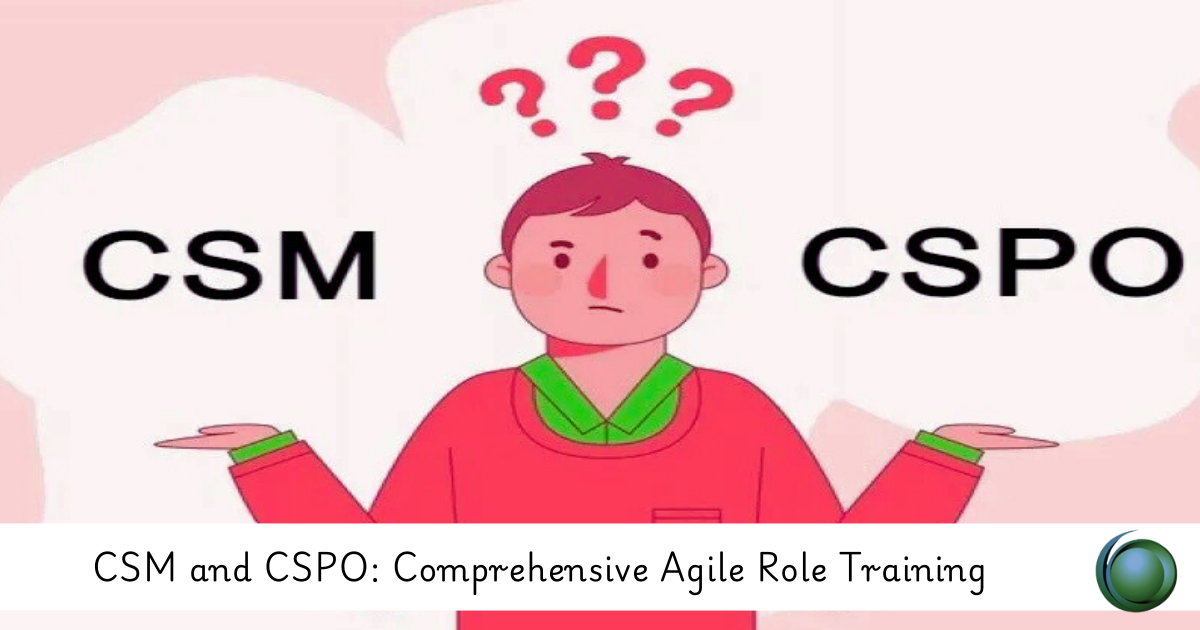Description
Introduction
Agile Product Lifecycle Management (PLM) is a transformative approach that focuses on enhancing collaboration, flexibility, and speed in managing products throughout their lifecycle. This course covers the essentials of Agile PLM, guiding participants from the initial stages of product design to effective lifecycle management. By embracing Agile principles, organizations can streamline processes, improve product quality, and respond swiftly to market changes.
Prerequisites
- Basic understanding of product lifecycle management concepts
- Familiarity with Agile methodologies and principles
- Knowledge of project management practices
Table of Contents
- Introduction to Agile PLM
1.1 Definition and Key Principles of Agile PLM(Ref: Optimizing Product Development with Agile PLM)
1.2 Importance of Agile PLM in Modern Business
1.3 Overview of Product Lifecycle Stages - Product Design in Agile PLM
2.1 Understanding User-Centered Design Principles
2.2 Utilizing Agile Techniques in Product Design
2.3 Collaborative Tools for Design Teams - Agile Methodologies and Frameworks
3.1 Overview of Agile Methodologies (Scrum, Kanban)
3.2 Implementing Agile Frameworks in PLM Projects
3.3 Adapting Agile Practices for Product Development - Cross-Functional Collaboration
4.1 Building Effective Cross-Functional Teams
4.2 Enhancing Communication Across Departments
4.3 Tools and Technologies for Collaboration - Data Management and Governance
5.1 Importance of Data in Agile PLM
5.2 Establishing Data Governance Policies
5.3 Best Practices for Data Management and Integrity - Continuous Improvement and Feedback
6.1 Implementing Continuous Improvement Practices
6.2 Establishing Feedback Loops with Stakeholders
6.3 Adapting Processes Based on Feedback and Insights - Change Management in Agile PLM
7.1 Navigating Changes in Product Requirements
7.2 Managing Stakeholder Expectations During Changes
7.3 Techniques for Effective Change Management - Risk Management Strategies
8.1 Identifying and Assessing Risks in PLM
8.2 Developing Risk Mitigation Plans
8.3 Monitoring and Managing Risks Throughout the Lifecycle - Implementing Agile PLM in Organizations
9.1 Steps for Successful Implementation of Agile PLM
9.2 Common Challenges and How to Overcome Them
9.3 Case Studies of Successful Agile PLM Implementations - Future Trends in Agile PLM
10.1 The Impact of Technology on Agile PLM
10.2 Trends in Consumer Behavior and Market Dynamics
10.3 Preparing for the Future of Product Lifecycle Management
Conclusion
This course provides a comprehensive overview of Agile PLM essentials, equipping participants with the knowledge and skills necessary to effectively manage products from design to lifecycle management. By embracing Agile principles, organizations can enhance collaboration, improve product quality, and respond quickly to market demands, ultimately driving business success in a dynamic environment.






